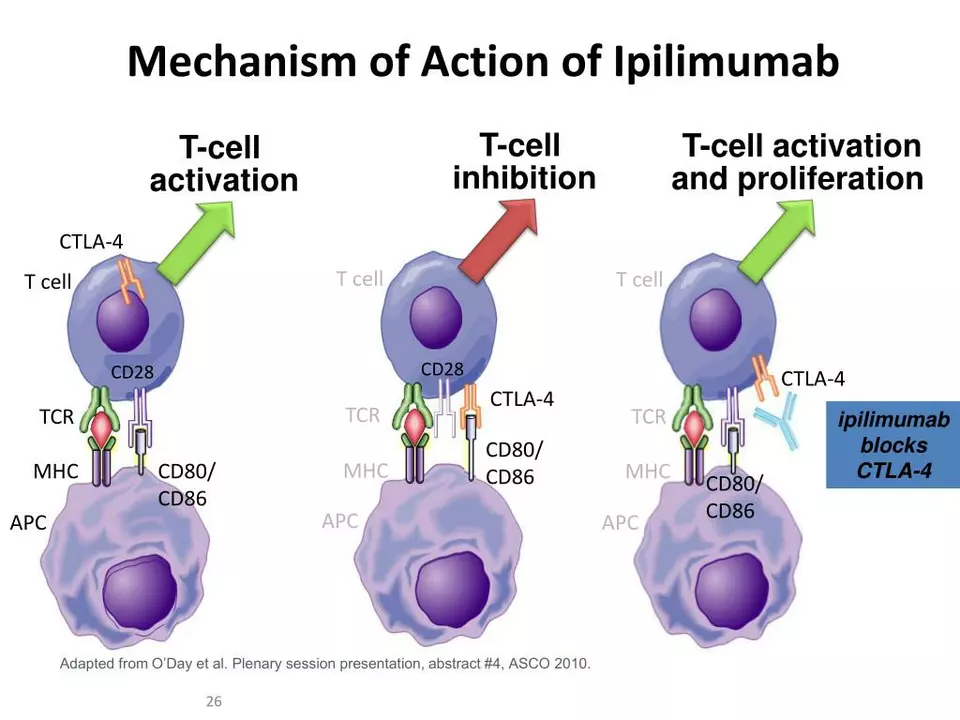Aldosterone antagonist: what they do and when you need one
Aldosterone antagonists are medicines that block the hormone aldosterone. That hormone tells your kidneys to hold on to salt and water. Blocking it reduces fluid, lowers blood pressure, and eases strain on the heart. Many people benefit from these drugs—but they can raise potassium and cause other side effects, so you need to know how to use them safely.
How they work and common uses
The two drugs you’ll hear about most are spironolactone and eplerenone. Spironolactone is older and cheaper; it can also affect hormones and cause breast tenderness or changes in libido. Eplerenone is newer and causes fewer hormone-related effects, but it’s usually more expensive.
Doctors prescribe these drugs for several reasons: heart failure with reduced ejection fraction (to lower hospital visits and improve survival), resistant hypertension, and primary hyperaldosteronism (when the body makes too much aldosterone). They’re also used for some cases of edema linked to liver disease or kidney problems, though that requires close monitoring.
Safe use: dosing, monitoring, and interactions
Doses vary by condition. For heart failure, doctors often start low—12.5–25 mg of spironolactone daily—and adjust. For other uses, spironolactone may be 25–100 mg a day. Eplerenone commonly appears as 25–50 mg daily. Follow your prescriber’s plan; don’t change dose on your own.
Before you start, your clinician should check your blood potassium and kidney function. Repeat checks are usually done within a week or two after starting or changing the dose, then periodically after that. If potassium rises too high (hyperkalemia) or kidney function worsens, the drug may need to be stopped or reduced.
Watch out for interactions. Combining an aldosterone antagonist with ACE inhibitors, ARBs, potassium supplements, trimethoprim, or certain blood pressure drugs raises the risk of high potassium. NSAIDs can blunt the drug’s effect and also harm kidney function. Tell your clinician about all medicines and supplements you take.
Common side effects include high potassium, lightheadedness from low blood pressure, and, with spironolactone, breast tenderness, menstrual changes, or reduced libido. If you’re pregnant or breastfeeding, these drugs are usually avoided—talk to your clinician about safer options.
Practical tips: get a baseline lab panel before starting, avoid adding potassium-rich supplements without testing, and report new weakness or irregular heartbeat right away. If you buy medicines online, use only licensed pharmacies and check that a clinician reviewed the prescription. These steps keep the benefits while lowering the risks.
Have questions about a specific dose or side effect? Ask your doctor or pharmacist—this drug class helps many people, but the right monitoring makes all the difference.
